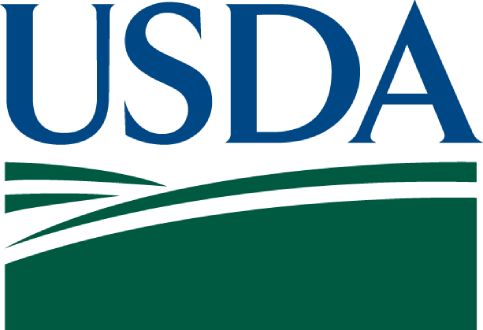Direct Certification in the National School Lunch Program: State Implementation Progress School Year 2009-2010

- States and LEAs directly certified 1.6 million more children at the start of SY 2009-2010 than they did one year earlier, a 24 percent increase.
- The number of LEAs directly certifying SNAP-participant children continues to increase.
This report responds to the legislative requirement of the Food, Conservation, and Energy Act of 2008 (P.L.110-246) to assess the effectiveness of State and local efforts to directly certify children for free school meals under the National School Lunch Program (NSLP). Direct certification is a process conducted by the States and by local educational agencies (LEAs) to certify certain children for free school meals without the need for household applications. The 2004 Child Nutrition and Women, Infants, and Children (WIC) Reauthorization Act required all LEAs to establish, by school year (SY) 2008-2009, a system of direct certification of children from households that receive Supplemental Nutrition Assistance Program (SNAP–formerly the Food Stamp Program) benefits. The mandate was phased in over 3 years. The largest LEAs were required to establish direct certification systems by SY 2006–2007; all were required to directly certify SNAP participants by SY 2008–2009.
Eighty-three percent of all LEAs directly certified some SNAP participants in SY 2009–2010. These LEAs enroll 97 percent of all students in schools that participate in the NSLP. This is an increase from SY 2004–2005, when 56 percent of LEAs, enrolling 77 percent of all students in NSLP schools, directly certified SNAP-participant students.
Nationally, the number of school age SNAP participants was 24 percent higher at the start of SY 2009–2010 than it was at the start of SY 2008–2009, and States and LEAs directly certified 1.6 million more SNAP participants in SY 2009–2010 than in the previous year. States with the most successful systems directly certified more than 80 percent of SNAP-participant children. States with the least effective systems directly certified fewer than 50 percent. The national average direct certification rate, at 72 percent, is little changed from last year’s rate of 71 percent.
How do you apply evidence?
Take our quick four-question survey to help us curate evidence and insights that serve you.
Take our survey
